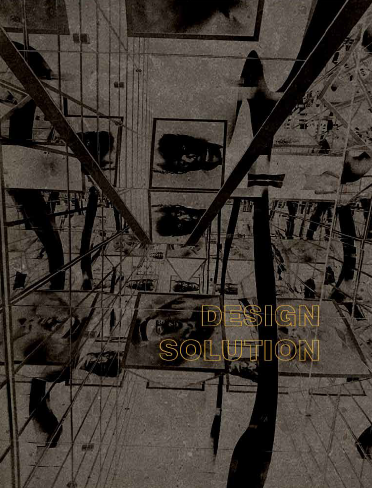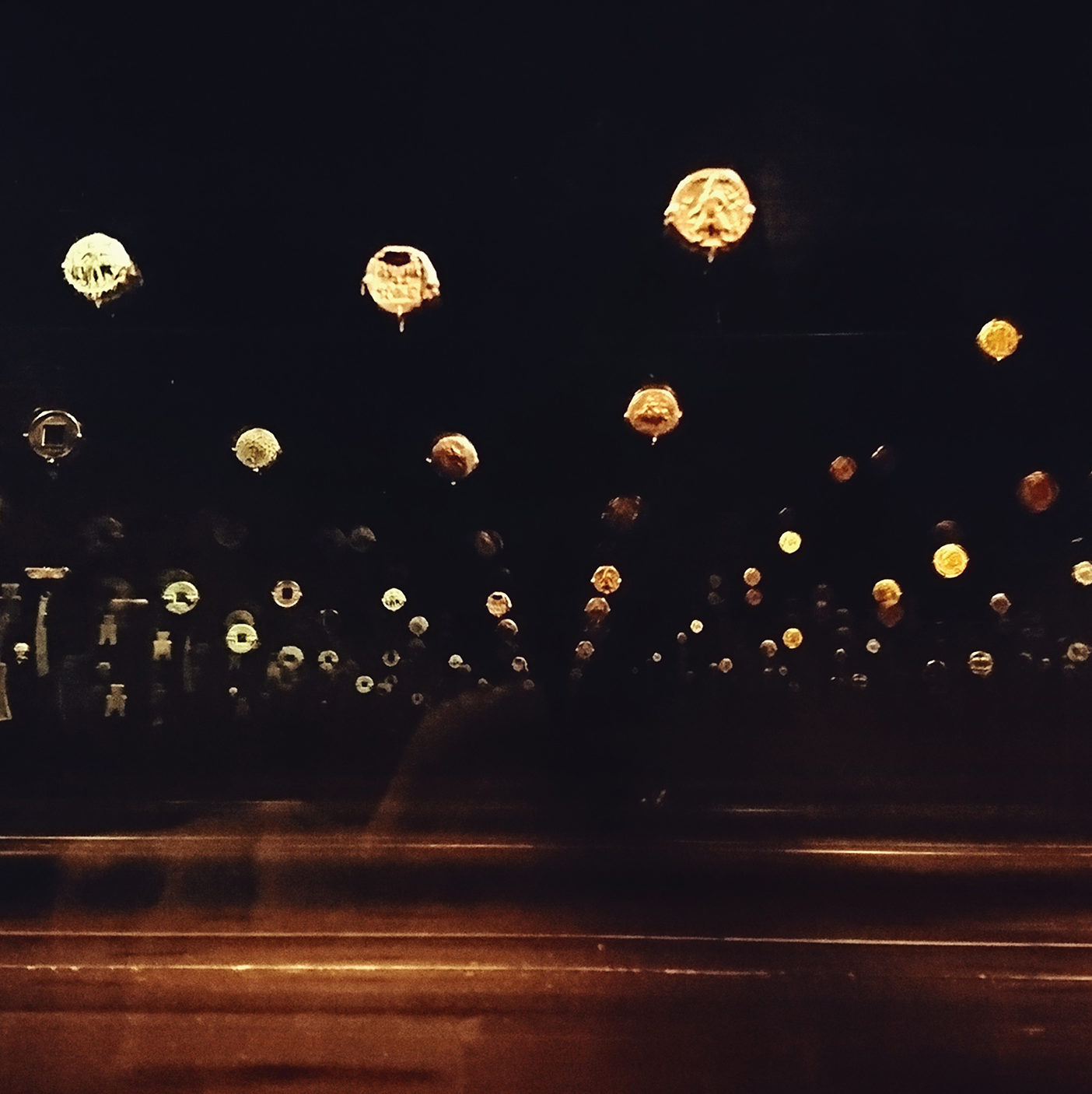[S01.6] Non-religious Spiritual space for social cohesion in Vietnam

Abstract
Chapter 1: Land and People
Chapter 2: Non- religious spiritual space within the framework of social concerns
Chapter 3: Collective- cultural memory and social cohesion
Chapter 4: Case studies
Chapter 5: Design Solution
Chapter 5. Design Solution
5.1 Underground cultural center- A dream of fragmented memories
“it (dreaming) is one of those rare moments when we succeed in isolating ourselves completely, since our memories, especially the earliest ones, are indeed our memories… Society seems to stop at the threshold of interior life… it is perhaps at the moment when the individual appears to care very little about a society that he develops in himself to the fullest qualities of a social being.”
Maurice Halbwachs (Meusburger et al. 2011)
The inspiration for the design comes from the concept of the individual and society. It is interesting to discover the role of childhood memories (from the interviews) in recalling a sense of a place in its deepest essence. In other words, childhood recollections are a sort of interpretation of dreaming in regards to “purity”. In other words, what keeps these memories vivid regardless of time is the belief in authentic feelings. It is often said that a dream is simply a multiplicity of hallucinations or a distorted reality from unconsciousness. I, however, believe that only when dreaming, the individual has a chance to be confronted with himself, a journey into the interior of his own world.
Given the complexity of Vietnamese society which is analysed in the previous chapters, the outcome of the interviews with the Vietnamese from two generations reflected an opposite in their perception of each other. Each generation is holding its own collective memories, only shared by their counterparts. Even though it is undeniable that the gap in generations’ conception is a natural progression of development, a reconciliation in the context of Vietnam is essential for social cohesion. It is not an attempt to resolve the contradictions but to understand and respect the distinctions of each generation.
Unlike museums or memorials in which the past is kept and exhibited as an unchangeable object, my aim is to create a platform in which the locals play an active role in reactivating and regenerating their own collective memories together. By this means, this cultural centre is expected to be a living organism that is able to sustain the continuity in collective memories while keep growing up with the radical changes in the community. The individuals are encouraged to interact with each other but at a personal level, a public space for personal experiences.
